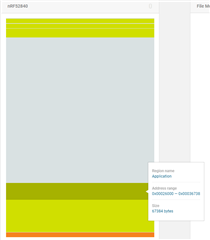Hello,
I'd like to develop and base on the "Experimental: ATT_MTU Throughput Example" project.
Seems like the example project doesn't implement the DFU (aka, OAD).
How can I add this feature to the project easily? Do you have an example for that? Would you evaluate it as "risky" / "complicated"?
Thanks in advanced,
Amit



